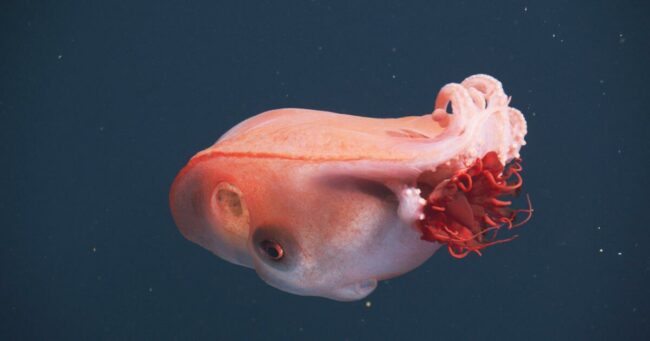Rare, deep-sea encounter: California scientists observe ‘extraordinary’ seven-arm octopus
… of Monterey Bay, California scientists recently recorded rare footage of … new video posted online, scientists with the Monterey Bay … at the time helped scientists understand its surprising diet of … Steven Haddock, a senior scientist with the MBARI and a …










